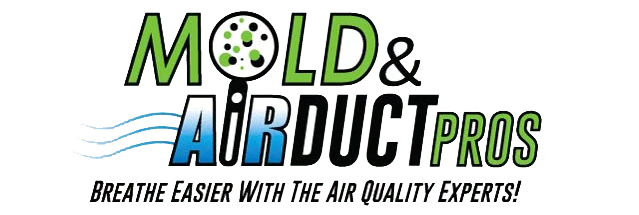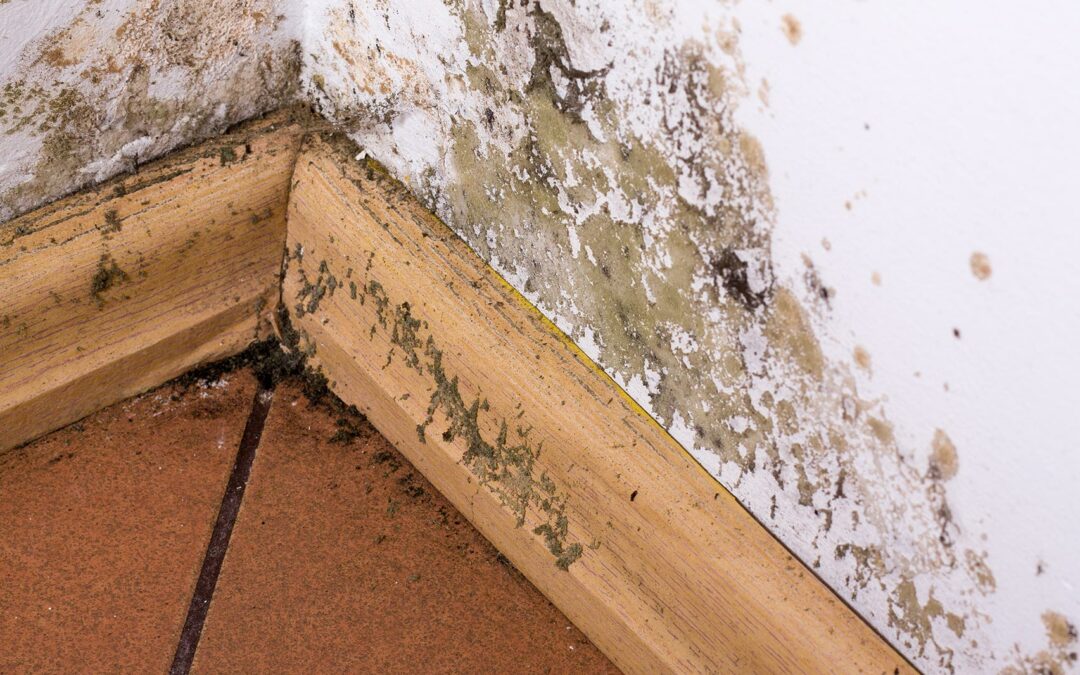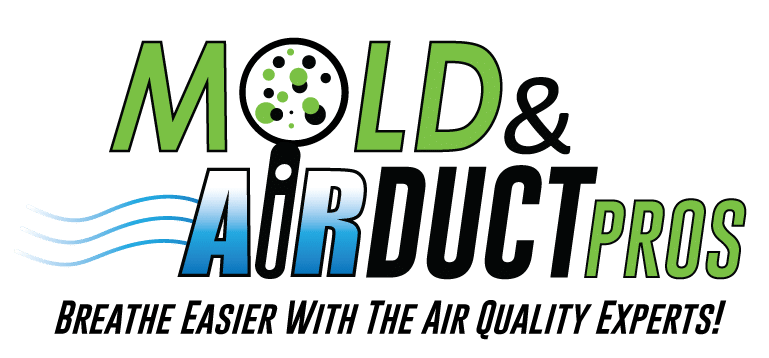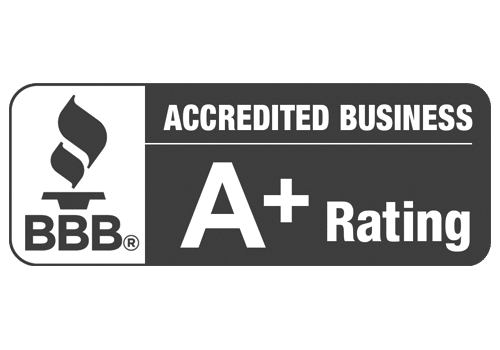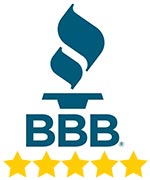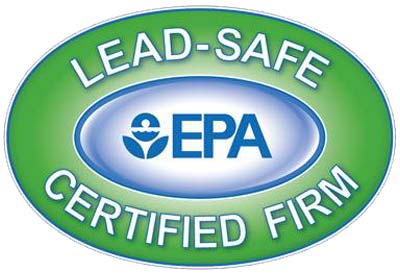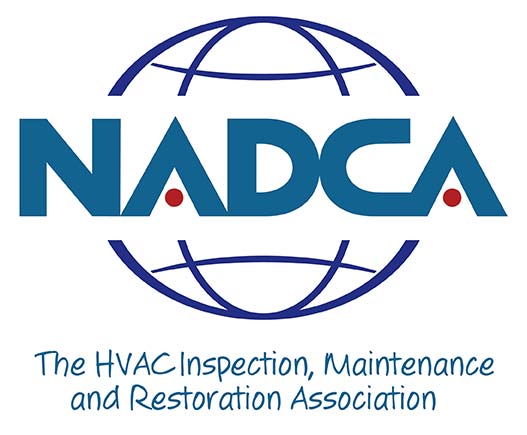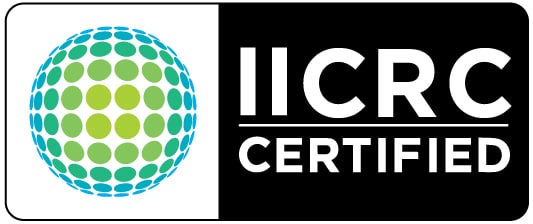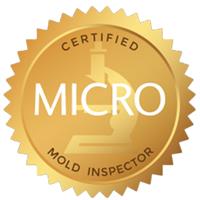Ever wondered how to prevent mold in your home? Dive into our guide on what household mold is, where it commonly shows up, and what you can do to prevent it.
Table of Contents
Understanding Mold
Let’s break it down. Mold is a type of fungus that thrives in damp and humid environments. While it might seem harmless at first glance, mold can cause serious health problems and pose potential threats to the structural integrity of your home. Understanding mold and its biological nature is key to effective prevention and mitigation.
Different types of mold can move into our homes, each with its own characteristics and risks to our health and our homes. Here are six of the most common ones to look out for:
1. Aspergillus:
This is a diverse genus of molds commonly found indoors and outdoors. It can appear in various colors and can cause respiratory infections.
2. Cladosporium:
This mold is known for its dark green or black appearance and is frequently found on fabrics, carpets, and wood surfaces. It can trigger allergy symptoms.
3. Penicillium:
Recognized for its blue or greenish appearance, Penicillium is a common indoor mold. While some species are used to produce antibiotics, others can cause serious respiratory issues.
4. Alternaria:
Typically found in damp areas such as bathrooms and under sinks, Alternaria can trigger allergies and asthma symptoms. It often appears black or dark brown.
5. Stachybotrys (Black Mold):
Often referred to as black mold, Stachybotrys is known for its dark green or black appearance. It’s associated with water damage and can produce mycotoxins that are linked to serious health risks.
6. Chaetomium:
Commonly found in water-damaged homes, Chaetomium can appear white, gray, or brown. It’s associated with a musty odor and can cause health issues.
Common Locations for Household Mold
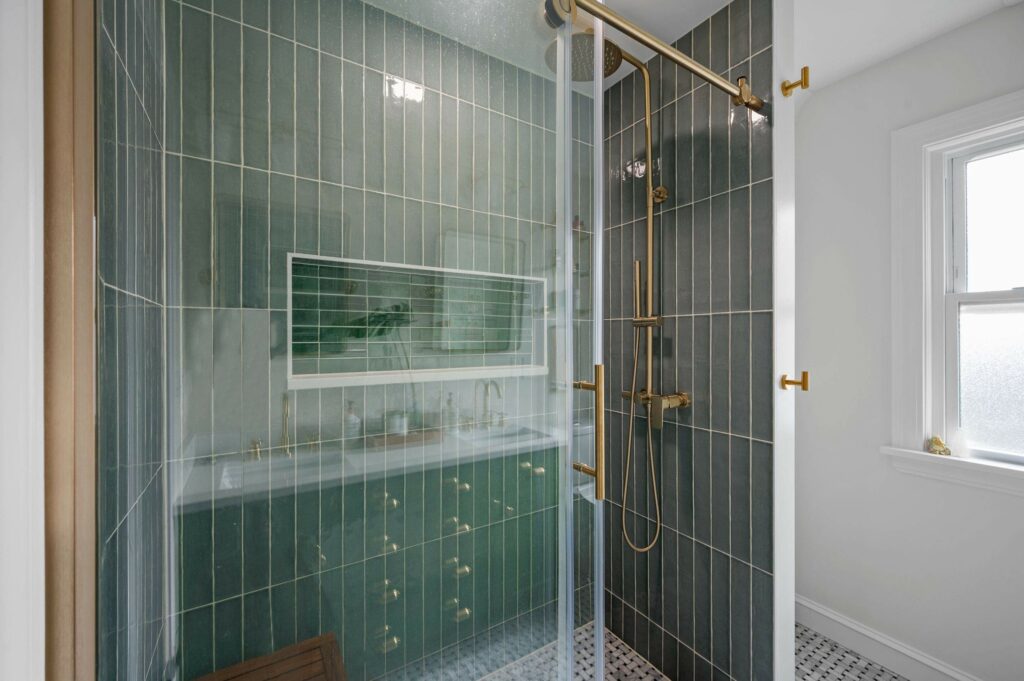
Now that we know what we’re dealing with, where in our homes do we focus on mold prevention? It is important to know that mold tends to favor certain areas in our homes. Understanding where it commonly takes up residence is the first step in effective prevention and management.
Bathrooms:
One of the most notorious spots for mold growth is the bathroom. The combination of moisture and warmth provides an ideal breeding ground for mold. Shower walls, grout lines, and even the often-neglected corners of bathroom ceiling tiles are susceptible. Regular cleaning, drying, and proper ventilation can keep mold at bay in these spaces.
Basements:
Dark, damp, often-neglected basements are another favorite haunt for mold. Leaks, poor ventilation, and high humidity levels make basements susceptible to mold growth.
Pay special attention to places that may have hidden water damage. (Areas behind drywall or under carpets are particularly prone.) Adequate ventilation, dehumidifiers, and routine inspections can help mitigate mold risks.
Attics:
Homeowners often overlook attics, but they are not immune to mold issues. Poor ventilation and roof leaks make for perfect conditions for mold growth. Inspecting the attic for moisture problems, ensuring proper insulation, and providing good ventilation can help prevent mold growth.
Kitchens:
Kitchens may not seem like an obvious breeding ground for mold, but finding mold in areas around sinks, under appliances, and in poorly ventilated pantries in not uncommon. Any water leaks from plumbing or appliances provide sources of moisture that mold needs. Regular cleaning, proper ventilation (are you seeing a common theme here?), and addressing excess moisture promptly can help keep the kitchen mold-free.
Understanding Mold Growth
What do these rooms and situations all have in common? Moisture.
Simply put, mold needs water. Mold spores are omnipresent in the environment, but they remain dormant until they encounter the right conditions for growth. When they come into contact with damp or wet surfaces, they absorb water and begin to germinate.
There are three main reasons that moisture shows up in the home:
- Leaks and water damage. Whether stemming from plumbing mishaps, roof leaks, or hidden seepage, any form of moisture breach becomes a potential breeding ground for mold.
- Humidity levels. Indoor spaces with elevated humidity, often exceeding the 60% threshold, provide an ideal setting for mold to grow.
- Inadequate ventilation. Spaces that do not have proper airflow and ventilation can have pockets where stagnant, moist air builds up. This is a like laying out a welcome mat for mold.
Preventing Common Mold Problems – Strategies
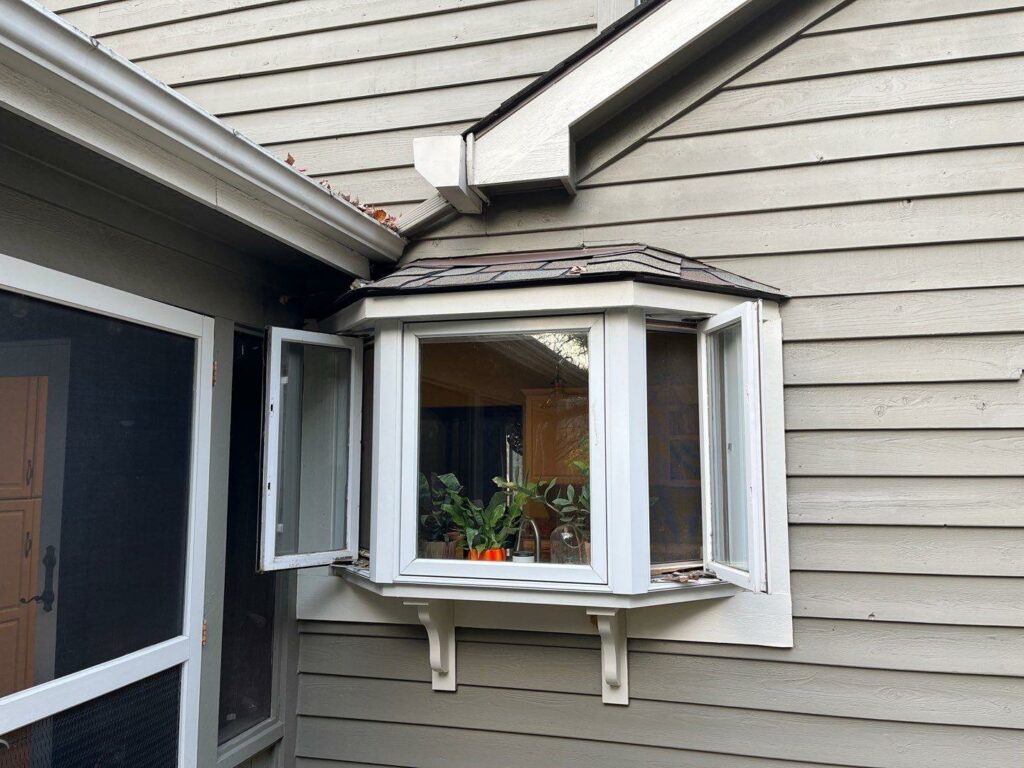
When it comes to mold, prevention is far more manageable and less taxing than remediation. Be proactive! Mold prevention involves a multi-faceted strategy that encompasses routine checks, effective ventilation, swift action on water-related issues, humidity management, and strategic material choices.
Conducting Regular Home Inspections and Maintaining Vigilance:
The cornerstone of effective mold prevention lies in regular home inspections. Vigilance is key, as early detection can thwart potential mold issues before they escalate.
Regularly scrutinize the areas in your home that are prone to moisture, and call in a pro if you are in any doubt about what you are dealing with. Mold inspectors and remediation experts possess the expertise and tools to identify hidden signs of mold that might go unnoticed by the untrained eye. They also have the ability to do mold testing, something that may be crucially important in keeping your family healthy. Their insights can not only contribute to the accuracy of the inspection process but also empower homeowners with actionable knowledge to address issues promptly. Timely intervention can be the decisive factor in maintaining a mold-free environment.
Ventilating Effectively:
Adequate ventilation is key as stagnant, humid air is an open invitation for mold to flourish. Incorporate effective ventilation techniques throughout your home. These include utilizing exhaust fans in bathrooms and kitchens, opening windows and doors, using and maintaining your central ventilation system (if your home has one), investing in attic ventilation, using air purifiers, and installing window ventilators. Proper ventilation not only discourages mold growth but also promotes overall indoor air quality.
Promptly Addressing Water-Related Issues:
Water-related issues are a mold’s best friend. From leaky roofs to plumbing mishaps, any form of unwanted water intrusion provides the moisture mold thrives on. Promptly addressing these issues is pivotal in mold prevention. Whether it’s fixing a leaky pipe, repairing a damaged roof, or addressing flooding promptly, tackling water-related issues head-on disrupts the conditions favorable to mold growth.
Managing Indoor Humidity Levels:
Controlling indoor humidity is a proactive measure that significantly contributes to mold prevention. Keeping indoor humidity levels below 60% creates an environment less conducive to mold growth. Dehumidifiers can be valuable tools in achieving and maintaining optimal humidity levels, especially in areas prone to dampness.
Choosing Mold-Resistant Materials:
An often-overlooked aspect of mold prevention is the selection of building materials. Opting for mold-resistant materials, especially in areas prone to moisture, provides an added layer of defense. These materials are designed to resist mold growth, contributing to a more durable and mold-resistant infrastructure.
Mold prevention is a holistic endeavor that involves a combination of regular inspections, vigilant maintenance, strategic ventilation, prompt resolution of water-related issues, humidity control, and smart material choices. By adopting these prevention strategies, homeowners can create an inhospitable environment for mold.
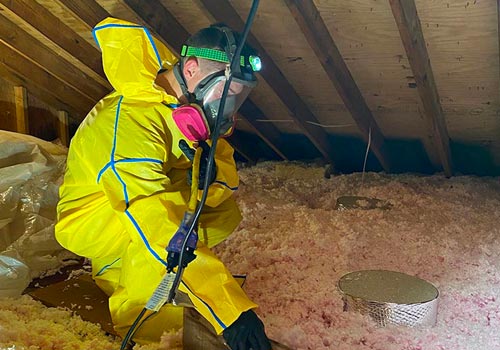
What next?
As we wrap up, let’s remember the main things: know your enemy (that’s mold), do things to stop it before it starts (like checking your home), and use what you’ve learned to keep your home healthy.
What are your next steps going to be in tackling mold prevention in your home? If you still have any questions, or are worried that mold is present in your home, consider contacting a pro. Mold and Air Duct Pros provide mold testing and prevention services in the Cleveland area. We would love to work with you to make and keep your home safe!
